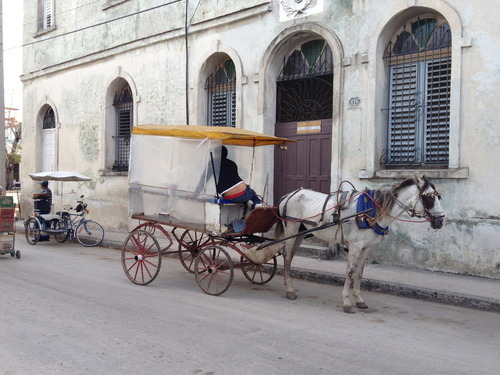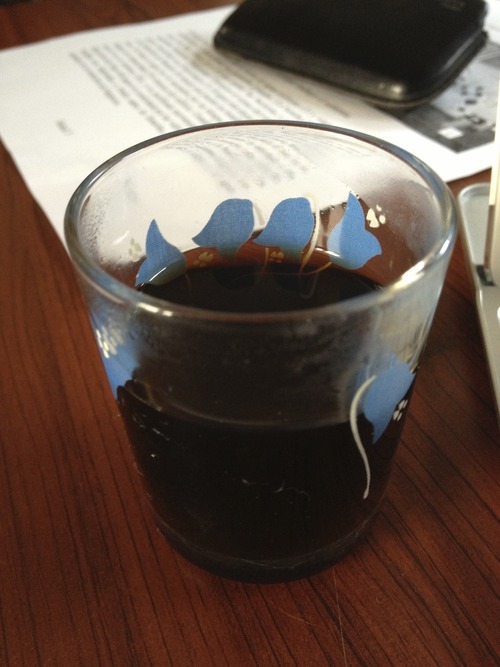Coffee, Community, and Copacabana
Ethnography continues to be such a new term and action for me, but as one of my classmates pointed out this week, I am now constantly looking to see what is in front of me in a different light. When first picking up Doing Sensual Ethnography, I was a little skeptical. How can you possibly do research through senses, other than visual? Indeed, Pink focuses on the visual medium, as that seems to be her expertise, but she makes a solid justification for ethnographers to engage and activate multiple senses.
As I flipped through the pages, it began to make more sense (no pun intended!). Pink describes this concept as the “relationship between sensory perception and culture.”[1] She insists ethnographers require a multi-sensory engagement within their research environment. Using senses we are able to breathe in the atmosphere, feel the pulse of the society, and engage in the relationships around us. Pink fondly refers to this as “smellscape” and “soundscape.”[2] This opens the heart and the mind, and results in communion with the surrounding community, and as we consistently agree last week, ethnography heavily involves relationships.
As with any theory for me, realizing it in an applicable example, the theory becomes reality. I closed my eyes and stepped back in time to February. We were in Holguin, Cuba. This trip was anxiety-ridden, as we knew nothing of Cuba or its people, and we were unsure of what to expect. The week-long project had one purpose, and that was immersing ourselves in the culture and community in order to prepare our future clean water mission teams for what to expect. The week solely focused on observations and cultural research.
Sounds. What did the sounds tell us about the culture? I closed my eyes and remembered sitting outside on the church steps. Horses clopped by, and dominoes clashed on the wooden tables. Children played in the streets while adults prayed and sang in the church next door. Because of the communist economy, cars are hard to come by, and horses and bicycles are the main source of transportation. Entertainment is an expense many cannot afford, and instead locals will play dominoes and cards for hours.

Smells. Smell is a powerful reminder. The horse manure on the roads balanced with the gardens in the back of the church. Stale cooking oil scents filled the kitchens. Food vouchers are limited per family, and thus many cultivated their own food. They reused cooking oil over and over to save tickets for other items. Alberto served fresh Cuban coffee every morning at 7:00am, every afternoon at 3:00pm, and before bedtime. The smell permeated the rooms and filled my lungs. I smile just thinking about it.
Tastes. As Pink encouraged, researchers should eat in order to remember.[3] How true this is, as I will never forget my first taste of mango off a tree in Haiti or the beans Rocio fixed for dinner on Tuesday nights in Mexico! Remembering taste in Cuba, however, is the hardest part for me, as only two things come to mind. The coffee rivaled only Costa Rican coffee, and fresh produce accompanied each meal.

What do these things tell about the Cuban culture? Dominoes and coffee are staples of the people, as family and friendships are of the highest priority in this culture. Internet, video games and social media do not exist, and instead boys congregate around a small television to cheer on their national baseball team. Men sit for hours sipping on sweet sugared coffee while chatting over a game of dominoes. The tastes of fresh juice and coffee remind me of the hospitality Cuban women exude.
Pink quotes Rodaway by noting “everyday experience is multisensual, though one sense may be dominant in a given situation.”[4] The mature ethnographer uses the senses to recall images and memories and feelings. Eat in order to remember, Pink cites, but I would go further than this. Stop for just one minute. Take a deep breath. Soak in the surroundings, the sites, the smells, and the sounds. This is a valuable reminder to live everyday and be present in the here and now. While it may not be possible to prepare to do sensual ethnography, we can hone our senses with training and practice. Honestly, I cannot wait to intentionally employ this valuable tool in London…and beyond.
Leave a Reply
You must be logged in to post a comment.